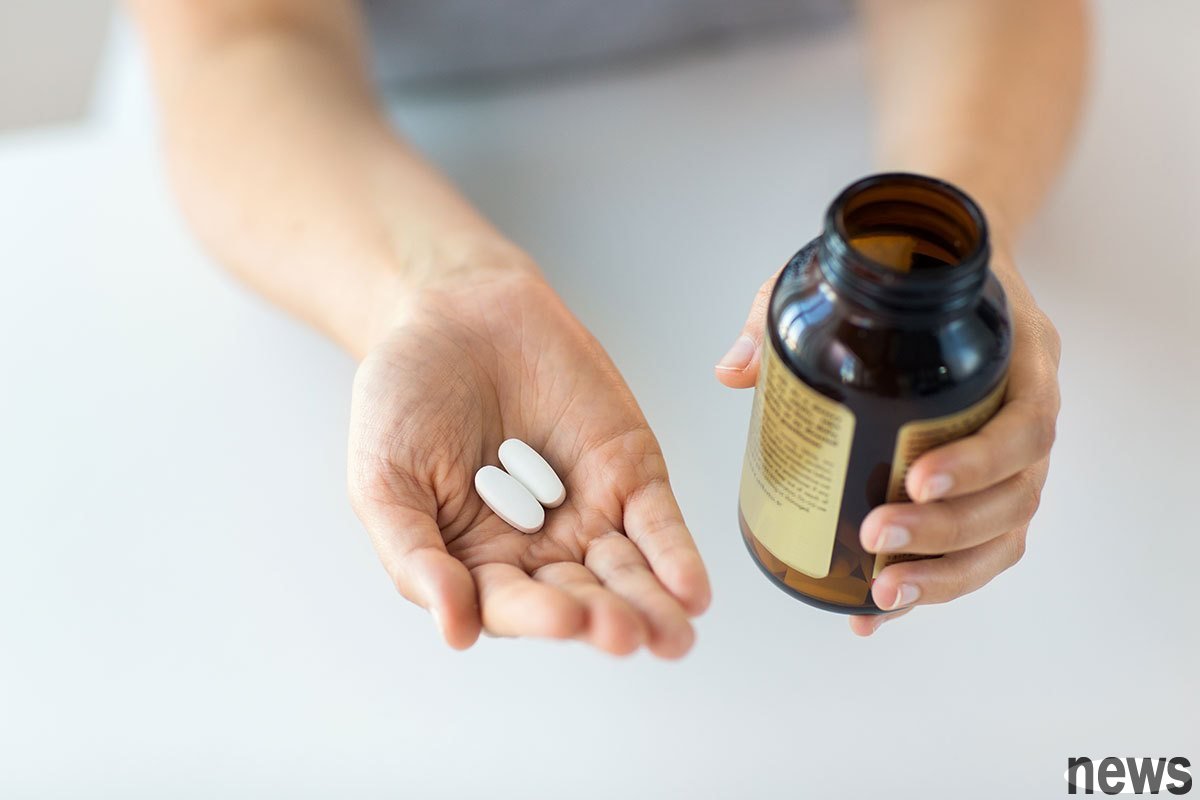Reader Miss Long 2022-3-12 left a message in the response column of whether eye care needs replenishment: "Hello, teacher, there are more and more products for Ye Huangsu in the past few years. Almost everyone in the office has a can of Ye Huan...

Reader Miss Long 2022-3-12 left a message in the response column of whether eye care needs replenishment:
"Hello, teacher, there are more and more products for Ye Huangsu in the past few years. Almost everyone in the office has a can of Ye Huangsu. After checking the relevant information and the American eye organization mentioned by the teacher, I understand Ye Huangsu. Huangsu mainly changes the disease of yellow spots, and daily leaf vegetables can be supplemented. But I would like to ask the teacher that if you need more leaf Huangsu products on the market, you have added "anthocyanins". I found that this pharmacist's blog has sorted out a lot of articles saying that anthocyanins can help relieve eye fatigue and adjust eye vision. Because daily It is actually difficult to eat berries and purple vegetables every day in daily life. In the end, the article also mentioned that "the content of anthocyanins is not much in natural mountain mulberry seeds", as well as to strengthen the concentration ratio and active ingredients. If you hear the benefits of anthocyanins, you need to start with health foods. However, you can read After many articles from the teacher, I was indeed suspicious of this article that suggested people to eat health foods, so I would like to leave a message to teach the teacher about anthocyanins. I am grateful for it! ”The article sent by this reader was anthocyanins, anthocyanins, published by a pharmacist on July 1, 2019. Regarding this pharmacist, I have said that his articles are all about selling health care products under the name of fake science. Please see how many enzyme rights are. Type 2 gelatin protein treats inflammation? , and whey protein to treat dry wheat? .
His eye blood vessel protection god - anthocyanin There are three paragraphs in this article that quotes the samangzi extract. However, these three essays are all big problems. Please see the analysis below.
First, the pharmacist said: "As the same as 1998, there were double-blind cross-examinations that showed that taking 250 mg of yammond extract (containing 36% anthocyanins) could improve eye fatigue during long-term use of computers." The cited article in this paragraph is Evaluation of the Oral Administration of Vaccinium Myrtillus Anthocyanosides (VMA) in Mental Fatigue and Asthenopia. Scientific Report Collection 1998, 19, 143-150.
First, please note that this article was published in 1998. Next, I searched Google and PubMed using its title and found that many health care products practitioners also quoted this article. However, it took me ten minutes, but I couldn't find the content of this article. I also searched with the journal's name Scientific Report Collection, but I couldn't find such a journal. In other words, this article only has titles and journal names, and the content is that there is no place to go.
Second. The pharmacist said: "Study in the same year also found that taking 150 mg of yammond extract (containing 36% anthocyanin) every day for 8 weeks can improve the adjustment of primary school students' eyes, especially during long-term reading and computer use, thereby improving vision. Their machine may be related to anthocyanins improving the microcirculation of the eyes and providing sufficient nutrition." The cited article in this paragraph is Recovery effect of VMA intake on visual acuity of pseudomyopia in primary school students. J New Rem & Clin 2000;49:72-79.
First, please note that this article was published in 2000. Next, like the above, this article only has titles and journal names, and the content is that there is no place to go. However, I searched for journal J New Rem & Clin's full name is Journal of New Remedies & Clinics. This journal is published in Japan and has not been included in PubMed, so it is just a local journal, and the phenomenon shows that it has been discontinued.
Third, the pharmacist said: "Clinical research in modern science has found that taking samsar can improve the barriers to night vision. The main reason is that samsar anthocyanins can accelerate the regeneration ability of Rhodopsin in the video membrane, and promote visual sensitivity, so it greatly improves night vision." The essay quoted in this paragraph is Study on activity of anthocyanosides extracted from Vaccinium myrtillus on night vision. Ann. Ocul. (Paris) 1965, 556-562.
First of all, the extracted in this article is obviously an error; it should be extracted.. Next, the pharmacist said "clinical research discovery in modern science", but this article was published 57 years ago. How can it be called modern science? Also, the journal Ann. Ocul, which published this article, was not included in PubMed, and it certainly stopped publication long ago. Why is it worth citing?
Regardless, if you want to say "modern", 2004 is obviously more modern than 1965, so let's look at a 2004 paper Anthocyanosides of Vaccinium myrtillus (bilberry) for night vision– a systemic review of placebo-controlled trials (system evaluation for consolation control trials).
This article is published in Survey of the medical journal Survey of Influencing Factor 4.75 Ophthalmology (ophthalmology survey), and its conclusion is: "The hypothesis that samsin anthocyanin improves normal night vision is not supported by strict clinical research. The influence of samsin extract on the subjects who suffer from nocturnal vision disorders due to pathological eye diseases is completely lacking in strict research."
So, I would like to ask the pharmacist why he wanted to cite three non-existent, inequality, or old-fashioned essays without citing this far-reaching and more modern 2004 essay?
Original text: Anthocyanins are the blood vessel protection spirit of the eyes?